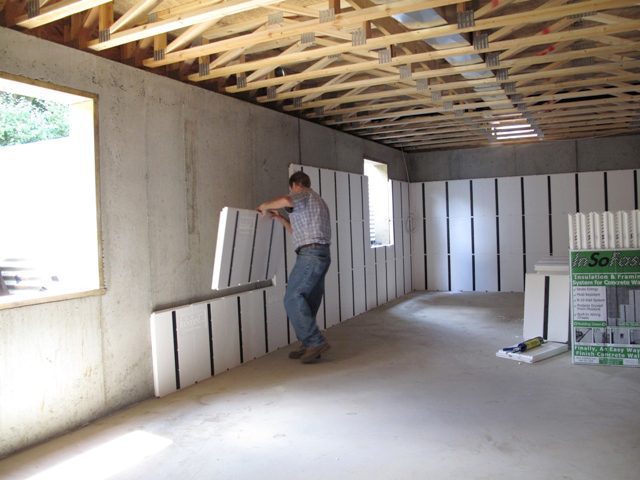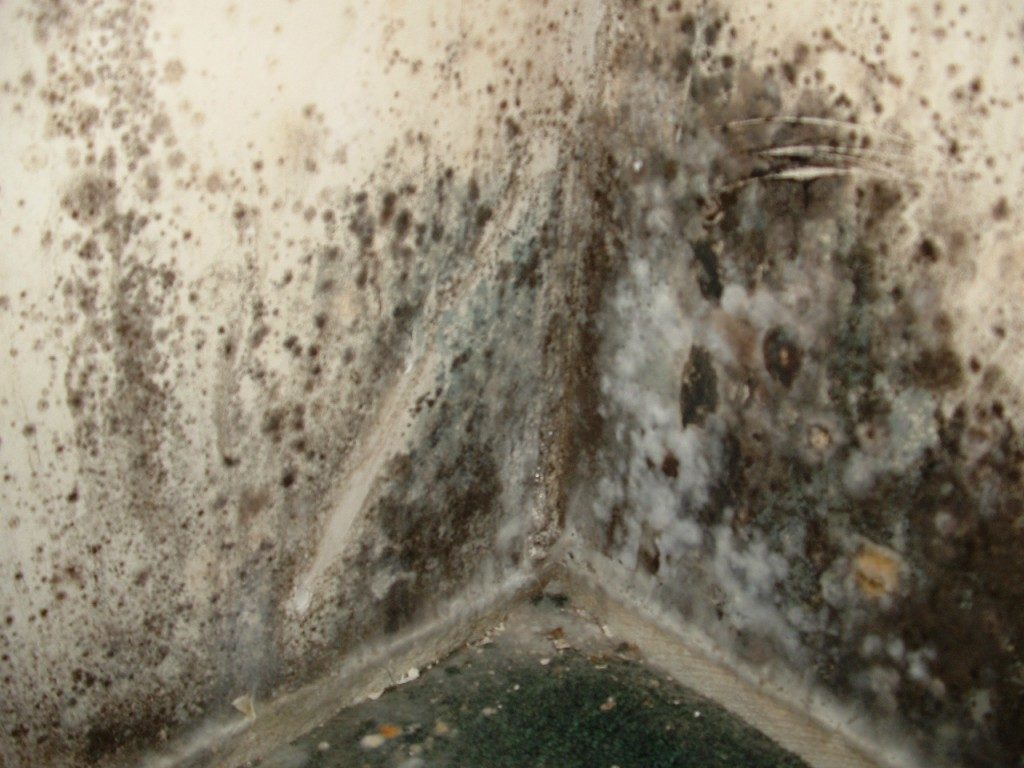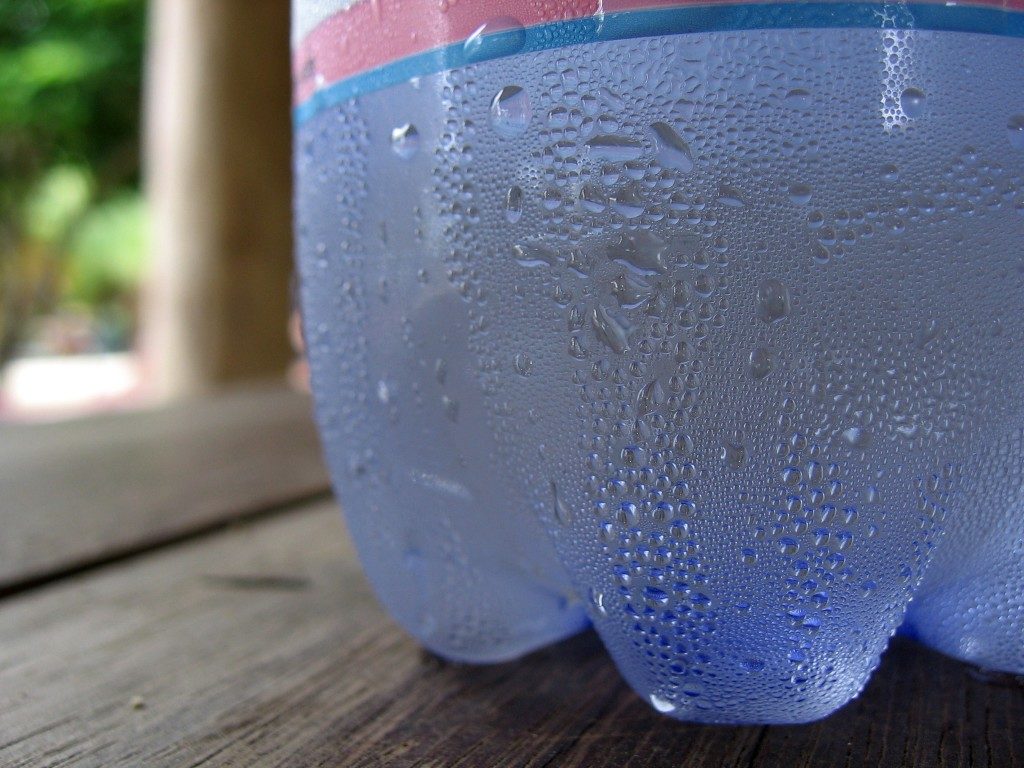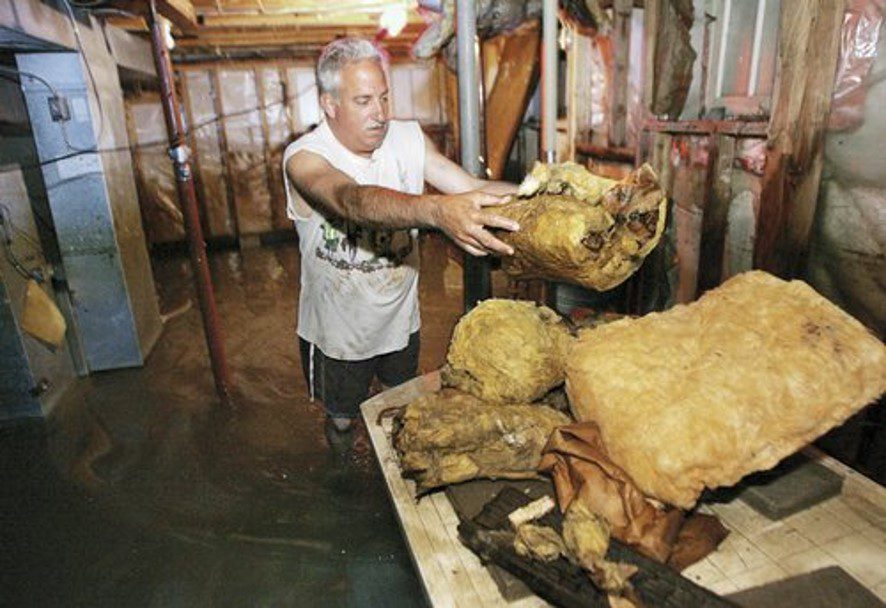

Will InSoFast Work for Me?

Adding insulation to your basement is one of the most effective investments you can make for your home. The payback can begin in only 4.4 years! But in order to make the renovation worthwhile, there are a few factors to consider before you start insulating. The importance of addressing mold and moisture problems among other tricky conditions is crucial in avoiding costly mistakes. We’ve gathered a few answers to some commonly asked questions that will hopefully help you make the right decisions during the insulation process.
| Install | Order | Quote |
Why is insulating your basement such a worthwhile investment?

What kind of conditions lead to mold growth?
Basements are often dark, moist, spider ridden dungeons- the perfect place for scary story telling. They are also notorious for problems with water intrusion, cold temperatures, humidity and mold. Since mold needs water, food, oxygen, and an environment between 40-100 degrees F to thrive, basements provide the perfect home for mold.
It may seem bizarre that mold thrives on basement walls, since fungus cannot grow on inorganic surfaces like concrete and metal. But since these surfaces usually contain the presence of dirt and dust, the fuzzy stuff is able to thrive on concrete when moisture is present. Mold also decomposes dead organic material, meaning it grows very easily on wood and drywall. The spores start growing only 24-48 hours after a water leak, so it’s important to act fast when dealing with water in your basement.

Why does the lack of insulation on basement walls lead to mold and mildew problems?
When you pull an ice-cold drink out of a foam cooler on a humid summer day, you will almost immediately notice condensation forming on the sides of the can. This is exactly what happens to the cold walls of a basement. As the walls become damp, dust attaches to the walls and mold begins to grow. If you put the same insulation from the foam cooler on the basement wall, the condensation is stopped. The moisture control channels engineered into the InSoFast panel prevent water from collecting at the surface by redirecting the flow of moisture.
How do I remove mold and avoid future problems before I finish my basement?
The first step in tackling your basement renovation project involves simple ingredients-Mold Stain and Mildew Stain Remover and elbow grease! Start by using a bucket of remover and water thoroughly scrub mold, dirt and debris off the walls. Make sure you rinse and let the walls dry completely. Before blocking the walls with insulation you also need to correct any water intrusion problems that already exist. There are a variety of different concrete sealers perfect for correcting minor leaks within walls. There are penetrating sealers that soaks into the concrete and reacts with the lime to form a crystalline glass-like water proofing. This product can only be used on unpainted concrete surfaces. The second type of concrete sealer comes in the form of paint. The two methods can be combined together to achieve an even higher level of protection. However the best defense is still good design keeping the water away from the house.4.a 
The video below is an in-depth look at the science behind foundation insulation effectiveness. Narrated by Pat Huelman, the Cold Climate Housing Coordinator for the University of Minnesota, it’s a highly recommended half-hour if you’re serious about getting the most from your basement insulation project. Feel free to keep reading though, it’ll be here when you return.
The US Department of Energy funded a study with the Building Science Consortium which found that, “Heat loss from an uninsulated basement can account for up to one third of the heating cost in the average home. Insulating the upper half of the basement wall with R-5 insulation reduces the heat loss from the basement by approximately 50%. Full height insulation (R-5) in the same area reduces heat loss from the basement by approximately 70%”. That’s a pretty drastic reduction in heat loss! What starts as a simple weekend installing InSoFast panels in your basement, will lead to a lifetime of drastic savings on your energy bill.
Will doubling the insulation double my savings?
Another study from the US Department of Energy found that over-insulating your basement can be costly with little to zero payback. Adding an additional R-10 of insulation to basement walls may take over 35 years to payback the initial investment. Over-insulation can also lead to mold problems. Since insulation decreases the flow of energy, it decreases the energy needed for moisture to evaporate. The more insulation you add to a basement wall system, the more critical it is to pick materials that won’t rust, rot, or decay.
Do I need a vapor barrier?
No! It’s not considered good building practice to use vapor barriers with wood framing below grade, since moisture problems are inevitable. If the wall happens to get wet for any reason, the vapor barrier prevents it from drying. InSoFast is a Class III vapor barrier that allows drying to the inside. With that said we still want you to air seal the InSoFast panel at all penetrations and at the floor and top of the wall. We want to limit dust filled moisture ladened air from coming into contact with the cool concrete. The channels on the back of our panels are gravity drains and NOT air channels.
How do I guard against radon problems?
Simply apply a penetrating radon sealer on bare concrete walls and floors. Sealing any cracks in the concrete and around any penetrations will avoid future radon problems.
At InSoFast we are trying to build better, healthier, safer, insulated basements. This particular detail was developed by one of our partners to address another leak.. Soil gas See: 90960 InSoFast Active Radon or Moisture Control System.
It’s very important to think ahead in order to invest responsibly in your basement renovation. Following these tips will help result in a pleasant mold-free basement. For basement renovation inspiration check out our InSoFast Basements Board on Pinterest.
Sources:
1. Department of Energy, Basement Insulation 102002-0776
2. Understanding Basement Insulation
3. What You Need to Know About Mold, Research Report – 0208
4. EPA Moisture Control guidance for building design and maintenance
